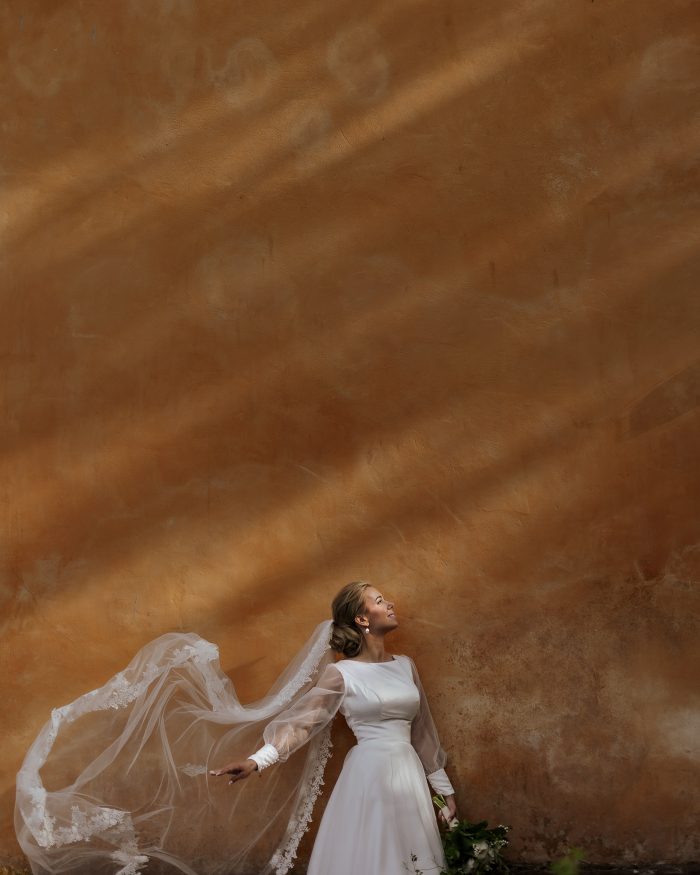
Image by Cinema of Poetry
When putting a price on your wedding photography, don’t just throw out any number to your clients. You’ll need to take into account your time, experience, quality of gear, and so much more. With that being said, we understand determining the worth of your time and work can be a daunting task. But not anymore.
Whether you’re a beginner looking to set your rates or a seasoned pro looking to re-evaluate your current rates, here’s everything you need to know about pricing your wedding photography.
Research And Understand Your Local Market
With location playing such an important role in pricing, you’ll want to ensure you understand the local market. Before settling on a final price, research your city and see what other wedding photographers charge. This is a great way to make sure you’re setting prices that are on track for your area—you want to avoid pricing your wedding photography too low or too high. You can then use this information as a baseline for putting a price tag on your own work.
What Should You Consider When Pricing Wedding Photography?
1. Your Monthly And Annual Business Expenses
To have a thriving wedding photography business, you’ll want to make sure you’re bringing in enough income to cover your business expenses and make a profit. And it’s no surprise that running a business can be pricey. That’s why it’s important to take into account—and keep track of—how much money you’re putting directly into your business.
Here are some examples of business expenses you’ll want to take into account:
- Photography gear (camera bodies, lenses, memory cards, flashes, batteries, camera bags, external hard drives)
- Business and gear insurance
- Taxes
- Editing software
- Outsourcing costs
- Website domain and hosting
- Scheduling apps
- Extra online storage
- Online galleries
- Paid advertisements
- Assistance (second shooters, associate photographers, administrative help)
Outside of your business needs, it’s also crucial to invest in your business skill-wise. So when you’re working on your pricing, don’t forget the e-courses and workshops you take part in.

Image by Flora Gibson Photography
2. Your Personal Monthly Expenses
The cost of your business expenses is the minimum you need to make in order to break even. You’re putting a lot of money into your business, but that’s not including your personal monthly expenses needed to live. We’re talking about your rent or mortgage payment, car, gas, food, insurance, phone bill, etc. Take the time to sit down and look at your monthly expenses to find out the minimum you need to be making as a wedding photographer.
3. Personal and Professional Experience
Although your experience isn’t a tangible item that you can put a price tag on, it’s worth discussing when working on your pricing guide. The amount of time experience you have, both personally and professionally, will help dictate how much you should be charging clients. Someone who is just starting out isn’t going to charge as much as someone who has been in the game for a few years.
As you gain more experience and knowledge, you can steadily increase your price over time.
4. Take Into Account Your Time
As a wedding photographer, you aren’t punching in and out on a time clock. Tracking your hours is not as steady as a traditional 9:00 AM-5:00 PM job—but that’s okay! It just means that when you go into pricing your work, don’t just think about the time spent photographing. You also have to consider all of the time spent behind the scenes. We’re talking about culling, editing, blogging, emailing, running your social media, meeting with clients, etc. All this work goes into the larger picture of what you are getting paid to do.

Image by Sharyn Hodges Photography
Pricing Guide Options: A La Carte Vs. Packages
When creating your pricing guide, you have two options: an a la carte menu or packages. Packages are typically the most convenient option, leaving little to no room for miscommunication between the couple and the photographer. You can also create an a la carte style pricing guide where couples can create their own package that fits their needs and budget.
Offer Different Packages Based On Style of Wedding
Though you may have a baseline price, that number will inevitably deviate based on which style of wedding you’re shooting. Each type of wedding comes with a different set of challenges or outliers that’ll affect your pricing strategy. For example, a local, traditional wedding won’t have as many extra costs to factor in, unlike an elopement or destination wedding would.
When pricing these types of weddings, consider the location and length of celebration in your overall price. Travel costs, transportation, and accommodations will play a big role. You can price each inquiry on a case-by-case basis or offer multiple different packages based on the different styles.

Image by Lena Larsson Photography
Pricing is just one element you need to think about when building a wedding photography business. From purchasing gear to creating an online presence, so much goes into it. And we understand it can be scary and expensive, but we’ve got you covered with our ultimate beginner’s guide to becoming a wedding photographer.

Image by Pedro Souza Photography